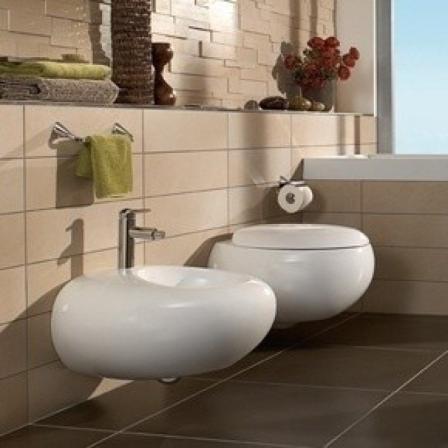Particularly among artisan tile producers, tiles for the wall and floor can be produced in different sizes, shapes, and prices imaginable.
different floor tiles sizes
Nevertheless, there is an infinite number of sizes to choose from, making it difficult to design a kitchen or bathroom. As a consequence of this, it is common practice for the majority of tiles to have particularly recommended sizes. The dimensions change depending on the kinds of components and their uses. For instance, mosaic tesserae with smaller dimensions, such as squares of 1 inch, are typically crafted from glass. Glass, on the other hand, is not functional when it is expanded to diameters of one foot or greater. When it comes to flooring, larger format tile is often favored since it is less difficult to install and provides a surface that is continuous and smooth. 
different floor tiles sizes in cm
There is no limit to the sizes and forms that tiles can come in. In spite of how wonderful everything is, it is not always easy to choose what you want because there is such a huge range to choose from. When selecting tile sizes, it is important to take into consideration not only the area that will be tiled but also the impression you want to leave with the tiles, the color scheme, and even the laying patterns. Because there are so many moving parts, we are here to assist you by simplifying the procedure as much as we can. Therefore, be sure to check back frequently for a concise guide to selecting the appropriate tile sizes for your home. Because every tile has some kind of effect on the space it occupies, the first thing you need to do is decide what kind of effect you want your tiles to have. Tiles with dimensions of 8 inches, 6 inches, 4 inches, and 2 inches are the most common sizes used for bathroom flooring. There are many different types of porcelain and ceramic floor tiles available, and their sizes range from 8 inches to 6 inches. The tumbled stone that is so popular for use on bathroom floors comes in tiles measuring 4 inches square. Last place, but not least, you’ll frequently find 2-inch sheet-mounted floor tile in bathrooms and showers. Stones of natural origin, ceramics, and porcelain. The standard tile size recommended by professionals for use in bathrooms, general flooring, and kitchens is 12 inches square. Nevertheless, there is a disadvantage to using floor tiles with a dimension of twelve inches when covering an area that is greater than one hundred square feet, and that is the increased number of grout lines that will need to be maintained and cleaned. A common tile size that contributes to generating the appearance of a larger room is 18 inches. Because of the significantly reduced number of grout lines produced by tiles of this size, the space looks significantly less cluttered. The grout joints are smaller on 18-inch tiles because they have more surface area. 
different floor tiles sizes in mm
The fact that 18-inch flooring has larger grout joints and fewer grout lines makes it easier to clean, but there is a disadvantage to using this size of tile, which is as follows: The heavier and larger 18-inch tile, particularly the porcelain and dense natural stone versions, makes it difficult for the do-it-yourselfer to handle, cut, and install the individual pieces. This is especially true for the porcelain varieties. On the market for residential consumers, the largest tile you’ll find is a square that is 24 inches. These tiles, because of their size, give many homes an impressive and even regal air. This tile is utilized as flooring the vast majority of the time. One advantage of utilizing these ultra-large format tiles is that there are less individual tiles required for the installation process. However, the tiling needs to be done with the utmost precision in order to look good. It is essential to have a room that has sufficient space for displaying large format tiles. It is best to steer clear of installing tiles of this size in restrooms that are either very small or only moderately sized. Materials such as stone, porcelain, and ceramic are frequently utilized for the production of tiles in a square format measuring 24 inches. This size of tile, which is generally unavailable, measures two feet square and gives floors the impression of being enormous and solid.  In the point of fact, installing tile flooring with a length of at least two feet requires the use of specialized skills, tools, and knowledge. Porcelain, ceramic, and even genuine stone are just a few of the many materials that may be used to make modern floor tiles. The design of the room, the amount of upkeep it requires, and the size of the room all play a role in determining the type of floor tile you should select. There is a wide range of possible widths for a typical floor tile, ranging from two inches to one and a half feet.
In the point of fact, installing tile flooring with a length of at least two feet requires the use of specialized skills, tools, and knowledge. Porcelain, ceramic, and even genuine stone are just a few of the many materials that may be used to make modern floor tiles. The design of the room, the amount of upkeep it requires, and the size of the room all play a role in determining the type of floor tile you should select. There is a wide range of possible widths for a typical floor tile, ranging from two inches to one and a half feet.










Your comment submitted.